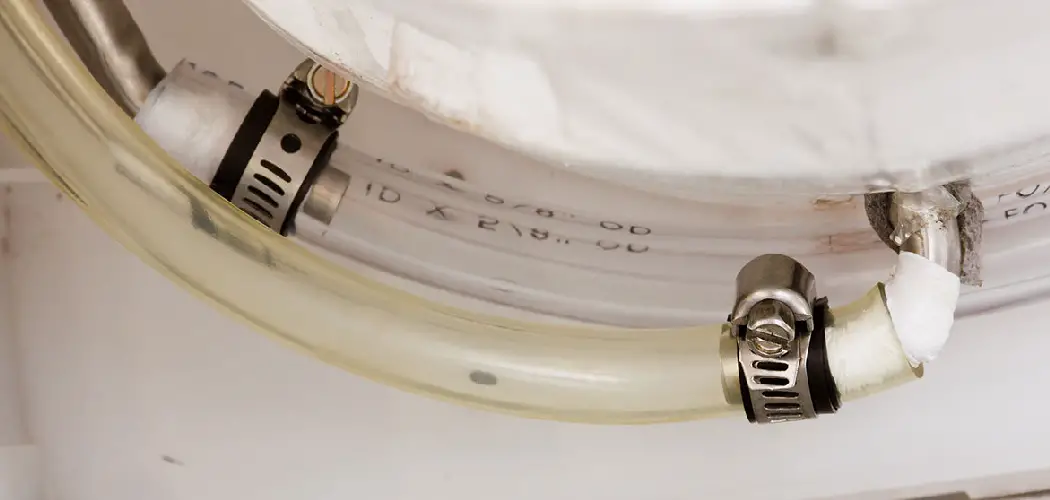Removing hardened PVC glue can be a challenging task, but with the right techniques and tools, it can be accomplished effectively. Whether you’ve accidentally glued a surface together or need to clean up excess adhesive, understanding the properties of PVC glue is crucial. This guide will provide you with various methods and tips for how do you remove hardened pvc glue, ensuring your surfaces are clean and ready for use. From chemical solvents to heat application, we will explore practical solutions to tackle hardened PVC glue effectively.
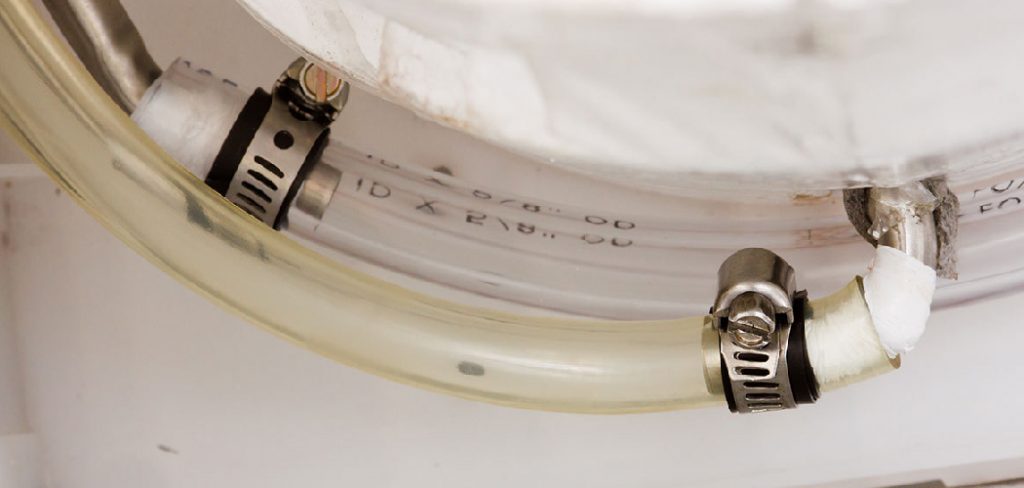
What is PVC Glue?
PVC glue, also known as PVC cement, is a solvent-based adhesive specifically formulated for bonding PVC (polyvinyl chloride) materials. Commonly used in plumbing and construction, this type of glue creates a strong, durable bond that withstands moisture and temperature variations. PVC glue works by softening the surface of the PVC pipes or fittings, allowing them to fuse together as the solvent evaporates, ultimately forming a secure joint. It’s essential to use PVC glue designed for the specific application, as there are various types available, including clear, colored, and those designed for different temperatures and pressure ratings. Always ensure that the surfaces to be bonded are clean and free of debris for optimal adhesion.
Why Removing Hardened PVC Glue is Difficult
Removing hardened PVC glue can be particularly challenging due to its chemical properties and the bonding process involved. Once the adhesive has cured, it forms a strong, permanent bond that is designed to withstand various conditions, including moisture and pressure. This strength makes it resistant to simple scraping or mechanical removal methods. Additionally, the structure of PVC itself can complicate the removal process, as the glue often hardens in a way that penetrates the surface, making it difficult to detach without causing damage. The potential for stripping or chipping the material also increases the complexity of the task, underscoring the need for proper techniques and tools for effective removal.
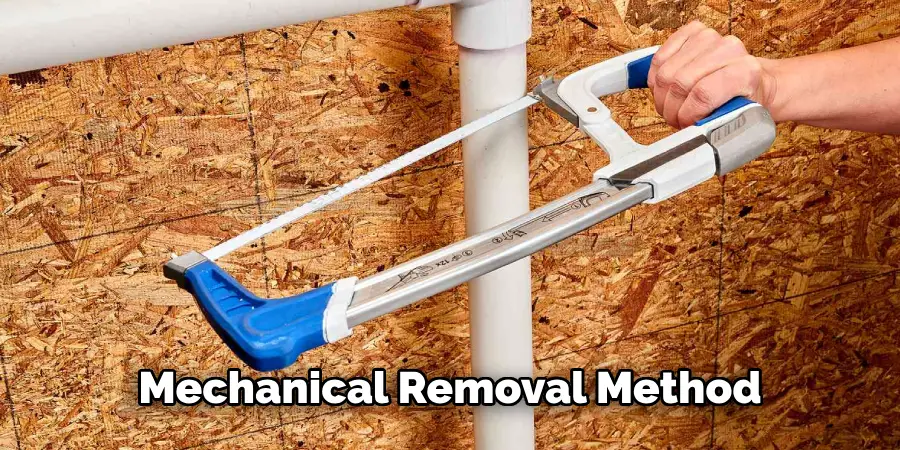
10 Methods How Do You Remove Hardened Pvc Glue
1. Use Acetone or Nail Polish Remover
Acetone is a common solvent found in many household products, including nail polish remover, and is one of the most effective solutions for softening and removing hardened PVC glue. To use this method, apply acetone to the affected area using a cloth or cotton swab. Allow it to sit for a few minutes to break down the glue’s chemical bonds. Once the glue begins to soften, use a plastic scraper or putty knife to gently peel or scrape away the glue. Be careful not to apply too much acetone to avoid damaging the surrounding PVC surface. This method works well for small areas of glue or excess adhesive left after a project.
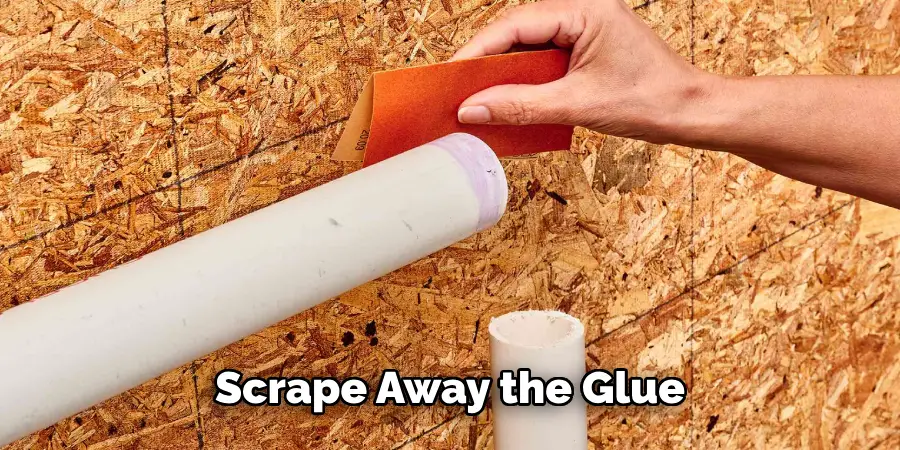
2. Heat the Glue with a Heat Gun
Applying heat to the hardened PVC glue can help soften it, making it easier to remove. A heat gun works particularly well for this method, as it provides a concentrated source of heat. Begin by setting the heat gun to a low or medium setting and hold it a few inches away from the glue. Move the gun in a circular motion to distribute the heat evenly without overheating the PVC material. Once the glue starts to soften, use a scraper or knife to peel it off carefully. This method is effective for large patches of glue but requires caution to avoid warping or damaging the PVC pipes or fittings.
3. Sand the Glue Away
If the PVC glue is particularly stubborn and won’t soften easily, you may need to resort to sanding it off. Use fine-grit sandpaper (around 220 grit) to gently sand away the glue. Be careful not to sand too aggressively, as you don’t want to damage the PVC surface underneath. Sanding is best used for smaller areas or when other methods, such as solvents or heat, have already been applied to soften the glue. This method works well for finishing up after the bulk of the glue has been removed, leaving a smooth surface for any future repairs or installations.
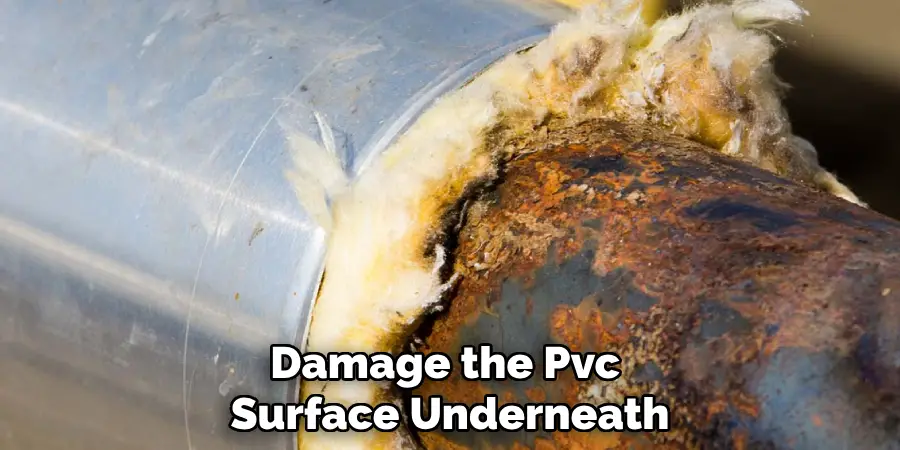
4. Apply PVC Cleaner or Primer
PVC cleaner and primer are designed to prepare PVC surfaces for gluing, but they can also be used to soften and remove hardened glue. These products contain solvents that break down the chemical structure of PVC glue. Apply the cleaner or primer to the glue and let it sit for a few minutes to soften the adhesive. Then, use a cloth or scraper to wipe or scrape the glue away. This method is particularly useful if you have leftover primer or cleaner from your initial PVC installation and need to remove excess glue or correct a mistake.
5. Use a Utility Knife or Razor Blade
A utility knife or razor blade can be a helpful tool for carefully cutting away hardened PVC glue. This method requires a steady hand and patience, as you need to be cautious not to damage the PVC surface underneath. Begin by scoring the glue along the edges and then gently lift or scrape it off. For thicker areas of glue, make shallow cuts to gradually remove layers of the adhesive. This method is most effective when combined with other methods, such as using a solvent or heat to soften the glue first before cutting or scraping.
6. Soak in Warm Soapy Water
If the PVC glue has hardened on smaller items, such as fittings or tools, soaking them in warm soapy water can help loosen the adhesive. Fill a bucket or basin with hot water and add a generous amount of dish soap. Submerge the items in the water and allow them to soak for several hours or even overnight. The combination of heat and soap can soften the glue, making it easier to scrub off with a brush or sponge. This method is gentle and works best on PVC glue that hasn’t fully cured or on small projects that can be submerged.
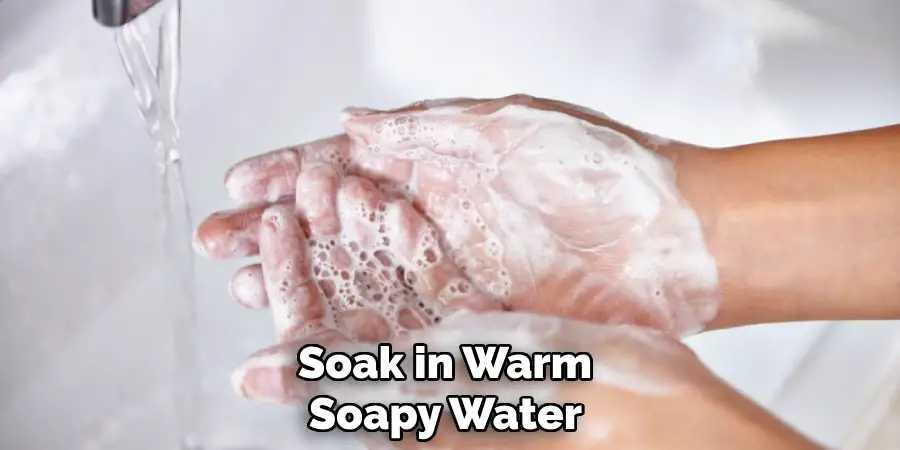
7. Apply Rubbing Alcohol (Isopropyl Alcohol)
Rubbing alcohol, also known as isopropyl alcohol, can be used to break down hardened PVC glue. Saturate a cloth or cotton pad with rubbing alcohol and apply it directly to the glue. Allow it to sit for a few minutes so that the alcohol has time to penetrate and soften the glue. Once the glue becomes pliable, use a scraper or cloth to wipe it away. This method works well for areas of glue that aren’t too thick and is a good alternative to harsher chemicals like acetone.
8. Use a Chemical PVC Glue Remover
There are specialized products available that are formulated to remove PVC glue. These chemical glue removers are designed to break down the adhesive without damaging the PVC material itself. Follow the manufacturer’s instructions carefully when using these products, as they may require specific application times and methods. Typically, you’ll apply the remover to the glue and allow it to sit for a specified amount of time before scraping or wiping the glue away. While effective, these chemical removers can be harsh, so use them in well-ventilated areas and wear gloves to protect your skin.
9. Freeze the Glue
An unconventional but effective method for removing hardened PVC glue is to freeze it. If the item with the glue can fit in a freezer, place it in a plastic bag and leave it in the freezer for several hours. The cold temperature will cause the glue to become brittle, making it easier to crack and break off. Once the glue is frozen, use a scraper or your fingers to remove the hardened pieces. This method works particularly well for small items or fittings that can be safely placed in the freezer without damaging them.
10. Mechanically Remove with a Rotary Tool
For more stubborn or large areas of hardened PVC glue, using a rotary tool with a sanding or grinding attachment can help. This method allows for precision and control when removing the glue, but it should be done carefully to avoid damaging the PVC surface. Attach a fine sanding or grinding bit to the rotary tool and gently work it over the glued area. This method is ideal for thick or extensive patches of glue that can’t be removed with simple scraping or solvents. Be sure to wear safety goggles and gloves when using power tools to protect yourself from flying debris.
Conclusion
Removing hardened PVC glue can be challenging, but with the right tools and techniques, it’s definitely achievable. Each method has its own strengths, depending on the severity of the glue and the surface it’s on. Solvents like acetone and rubbing alcohol are excellent for softening the glue, while mechanical methods like sanding or using a utility knife can be helpful for more stubborn areas. Heat, either from a heat gun or warm water, is also a gentle yet effective way to loosen the adhesive. Thanks for reading, and we hope this has given you some inspiration on how do you remove hardened pvc glue!

